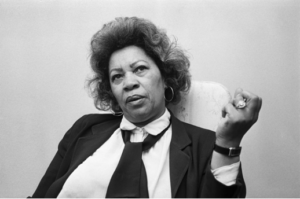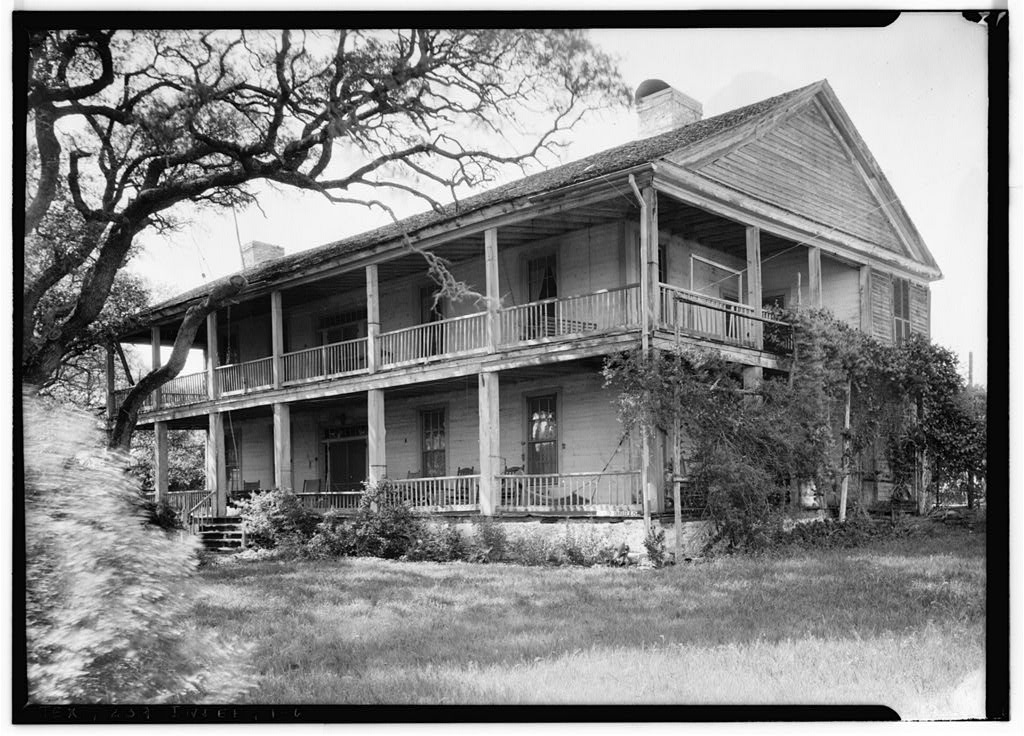Southern Gothic literature stands as a haunting testament to the sordid American history, culture, and psyche that defines the American South, which refers to the lower states in the United States. Writers like William Faulkner, Flannery O’Connor, and Tennessee Williams all aided the development of the genre, which would change how the South would be perceived for decades by critiquing the contradictions in the post-bellum South1. A subgenre of Gothic, Southern Gothic literature examines the peculiarities of the American South, often encompassing themes of Southern society, racial tensions, and the grotesque. Such a genre invites readers to examine the motivations and history embedded within Southern culture and its ramifications.
The term “Southern Gothic” wasn’t originally a positive one. The first mentions of the term “Southern Gothic” didn’t appear until 1935, published in an article by novelist Ellen Glasgow to pejoratively refer to the writings of William Faulkner and Erskine Caldwell, which she dismissed as “aimless violence.” With time, however, Southern Gothic was generally accepted to refer to a subgenre of gothic literature.2 The genre would continue to grow, reaching its height in popularity between the 1940s and 1960s.
To define the genre of Southern Gothic one must first define the genre of Gothic literature. Gothic literature is often marked by its themes of melodrama, madness, physical and emotional decay, the grotesque, patriarchy, property, and the supernatural.3 Southern Gothic literature shares many of these themes, however, the genre differentiates itself with its use of the unique history found within the American South. The heart of Southern Gothic literature lies within the Southern psyche, scarred by the Civil War and the horrors of slavery. Much of the thematic stylings of the genre were a response to post-civil war society in the South and the subsequent repression of the past.4

One of the main themes present within the genre is the pitfalls of Southern society and cultural norms. Southern Gothic literature attempts to deconstruct the Southern psyche by confronting the past head-on, specifically critiquing the traditions of the antebellum South.4 One of the writers who would critique the traditional social aspects of the American South and who author Stephen King called “the finest writer of paperback originals in America.”6, was Alabama author, Michael McDowell, McDowell, born 1950, known best for his Southern Gothic horror novels and for the screenplay Beetlejuice, which would become a cult classic film directed by Tim Burton.7 His novels, such as The Amulet (1979) and the Elementals (1981) were transgressive, brutal, and centered around small southern town sensibility. In his novel The Amulet, a cursed necklace wreaks havoc in small-town Alabama, leaving carnage and horror its wake for another dying American town to pick up the pieces8. As author Grady Hendrix notes in his book, “Paperbacks From Hell,” What is engaging about the novel isn’t the blood and the guts, it’s the complex social dynamics, unwritten rules, and boundaries that quickly break down when the disruptive power of the amulet is introduced to reveal what is just below the surface, such as jealousy, repression, and a history of systematic violence 6. In the essay, “Dark Legacy: Gothic Ruptures in Southern Literature,” writer Christopher Walsh states:
“The old antebellum South was nothing but myth, and its narrative of a supposedly halcyon past concealed all manner of social, familial and of course racial denials and suppressions.” 10
Southern Gothic literature looks past the facade of polite manners and looks at the contradiction of decaying polite Southern society and the consequences of the South’s racial and classist past and often present.

Within the Southern psyche, also lies the binds of class and separation, in varying degrees throughout the antebellum and post-civil war. This included the separation of those considered who have been “othered” and those with disabilities or disfigurements, especially in more secluded parts of the South. This depiction of disfigurement within the genre is called the grotesque, which is how the bodies of the disfigured are interpreted by the society they live within, which is a main point of critique of the genre, especially in the works of Faulkner.11 In Faulkner’s 1931 novel, Sanctuary, readers follow lawyer Horace Benbow as he leaves his wife and step-daughter, with whom he is obsessed with. Along the way, Benbow comes across a dilapidated plantation turned bootlegging site where he encounters a cast of characters, of which includes the sinister Popeye, a criminal afflicted with a malady of physical deformations. Popeye goes on to abduct and sexually assault a young college student, Temple. Also present is Tommy, a mentally disabled man, who ultimately sacrifices himself in an attempt to protect Temple, though in vain. There are several characters in the novel with disabilities, which include Pap, Tommy, Popeye, and Graham, all of whom depict both evil and good12. Unlike many authors at the time, Faulkner doesn’t just depict disability as “sub-human,” instead, Faulkner uses disability to critique the idea of normalcy, especially challenging the idea of “normal” in the South, and if such an idea actually exists.

It is also very much worth examining the racial dynamics within Southern Gothic literature, which also seeks to dissect the South’s establishment of slavery and race relations. Authors such as Toni Morrison used the genre as a mode to critique such class distinctions and the impact of slavery on post-Civil War America. In her 1987 award-winning novel, “Beloved,” the reader follows a freed former slave, Sethe, who must relive the memories of her brutal past, haunted by her deceased baby 13. Set soon after the Civil War, Morrison confronts the horrors of slavery, the fracturing of African American identity, and the consequences of living in an inhuman system and how that system destroys a person’s humanity.
Contemporary Southern Gothic literature has been graced by highly influential writers such as Michael McDowell, Anne Rice, and Cormac McCarthy. Southern gothic literature seeks to map out the Southern psyche, playing on its contradictions, pleasantries, and trauma, brimming just below the surface. Furthermore, Southern Gothic literature has long been used as a tool to critique the South’s conceptualization of class, the othering of those considered to be different, and the consequences of such ideals.
- Kornegay, Jamie, “The Evolution of Southern Gothic,” HuffPost, December 7, 2017, https://www.huffpost.com/entry/the-evolution-of-southern-gothic_b_6987510. ↵
- Bridget Marshall, “Defining Southern Gothic,” essay, in Critical Insights: Southern Gothic Literature (Pasadena: Salem Press, 2013)3. ↵
- Campbell, Josephine. 2022. “Gothic Literature.” Salem Press Encyclopedia of Literature, January. https://research-ebsco-com.blume.stmarytx.edu/linkprocessor/plink?id=369c55fd-5019-3494-a9cb-744eaeb4ace9.1. ↵
- Walsh, Christopher. “Dark Legacy: Gothic Ruptures in Southern Literature.” Essay. In Critical Insights: Southern Gothic Literature, 19–33. Pasadena: Salem Press, 2013.19 pp.19 ↵
- Walsh, Christopher. “Dark Legacy: Gothic Ruptures in Southern Literature.” Essay. In Critical Insights: Southern Gothic Literature, 19–33. Pasadena: Salem Press, 2013.19 pp.19 ↵
- Grady Hendrix, “Southern Deluge,” essay, in Paperbacks from Hell: A History of Horror Fiction from the ’70s and ’80s (Philadelphia: Quirk Books, 2017), pp.299 ↵
- 1. Los Angeles Times, “Screenwriter Michael McDowell Dies – The Washington Post,” Washington Post, January 1, 2000, https://www.washingtonpost.com/archive/local/2000/01/01/screenwriter-michael-mcdowell-dies/39ab364b-f765-4081-bdd8-36375b7e515a/. ↵
- Michael McDowell, The Amulet (Kansas City: Valacourt Books, 1979). ↵
- Grady Hendrix, “Southern Deluge,” essay, in Paperbacks from Hell: A History of Horror Fiction from the ’70s and ’80s (Philadelphia: Quirk Books, 2017), pp.299 ↵
- Walsh, Christopher. “Dark Legacy: Gothic Ruptures in Southern Literature.” Essay. In Critical Insights: Southern Gothic Literature, 19–33. Pasadena: Salem Press, 2013.19 pp.20 ↵
- Sebastian Williams, The gothic grotesque: Disability, deformity, and monstrosity in …, 2019, https://go.gale.com/ps/i.do?id=GALE%7CA610675003&sid=googleScholar&v=2.1&it=r&linkaccess=abs&issn=17576458&p=LitRC&sw=w. ↵
- William Faulkner, Sanctuary (London: Vintage Digital, 1931). ↵
- Toni Morrison, Beloved (S.l.: VINTAGE CLASSICS, 1987). ↵


